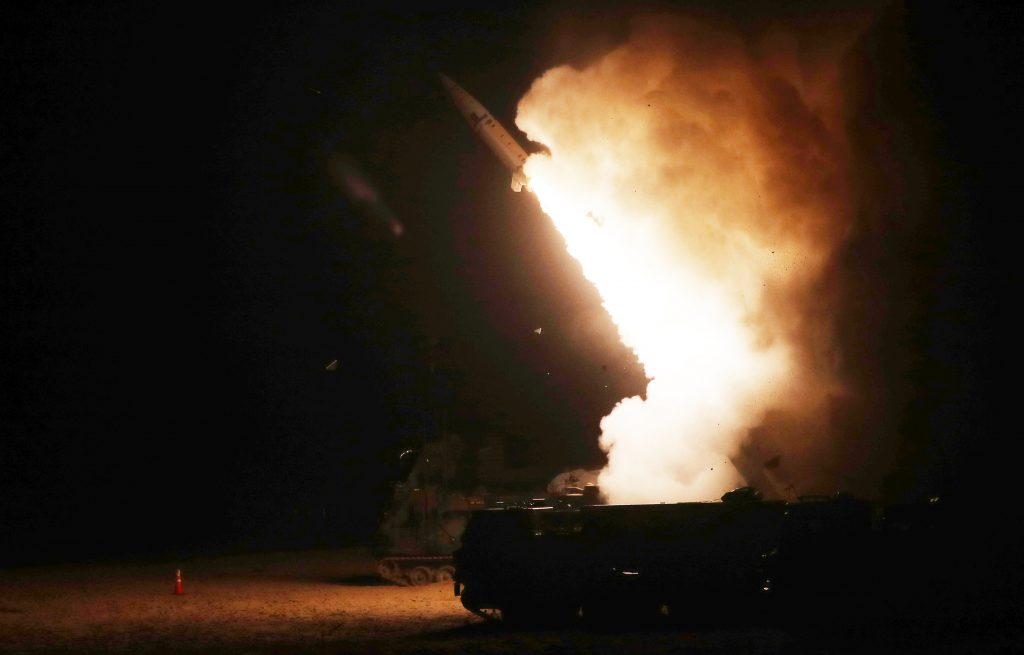
- ARAB NEWS
- 02 Jul 2025

Tokyo: Japan’s Defense Ministry did not take steps under the Self-Defense Forces law to destroy a North Korean missile fired over Japan on Tuesday, judging that it will not fall within Japanese territory.
Even if a North Korean missile is judged to give no damage to Japan, however, the country may shoot it down by exercising the right to collective self-defense based on national security laws in case the missile is feared to fall into territory of the United States, an ally of Japan.
The Japanese defense minister is entitled to order the SDF to intercept an incoming ballistic missile, with the approval of the prime minister, in case it is feared to fall into Japanese territory or territorial waters.
Such an order can be issued in advance.
The Maritime SDF’s Aegis ships in waters around Japan and the Patriot Advanced Capability-3, or PAC-3, ground-based missile defense system are on constant alert against any missile launch.
They can shoot missiles down over the high seas.
According to Japanese government sources, early warning information on missile launches detected by U.S. satellites is transmitted to the Japanese Defense Ministry via the headquarters of the U.S. forces in Japan and other routes.
The Japanese Air SDF’s antimissile radar system and Aegis ships will track the missiles that have been fired.
When North Korea fired the missile over Japan on Tuesday, ASDF radar sites facing the Sea of Japan, including those in Kyogamisaki in Kyoto Prefecture, Wajima in Ishikawa Prefecture, Sado in Niigata Prefecture, Kamo in Akita Prefecture and Ominato in Aomori Prefecture, are believed to have analyzed the missile’s trajectory and tracked it, together with MSDF Aegis ships.
The ASDF’s Air Defense Command gathered the information and judged that the missile was unlikely to fall into Japanese territory.
The missile had a flight range of about 4,600 kilometers and a maximum altitude of about 1,000 kilometers, capable of reaching as far as Guam, where U.S. strategic bombers are based.
If the North fires a missile toward Guam or Hawaii, where the headquarters of the U.S. Indo-Pacific Command are located, and if there is a clear risk of the missile firing gravely affecting Japan’s security, the development will be recognized as a situation endangering Japan’s national existence as a measure of self-defense.
Under such circumstances, the SDF can intercept missiles by exercising its right to collective self-defense on a limited scale.
“North Korea may be skillfully setting the flight paths of its missiles to avoid an armed conflict with the United States, but it is still possible that Pyongyang fails to control the missiles as intended,” a Japanese Defense Ministry official said.
The ministry will acquire the SM-3 Block 2A system, a new missile defense system capable of intercepting missiles at an altitude of over 1,000 kilometers developed jointly by Japan and the United States, by March next year and install it on a total of four Aegis ships deployed at MSDF bases in Yokosuka in Kanagawa Prefecture, Maizuru in Kyoto Prefecture and Sasebo in Nagasaki Prefecture.
JIJI Press